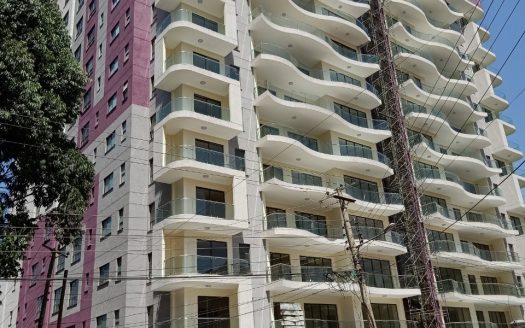The Replacement Cost Method and why it matters
The Replacement Cost Method estimates a property’s value based on the current costs to rebuild it using similar materials and construction methods. This approach is particularly beneficial for unique properties, newly constructed buildings, or when comparable sales data is not available.
Steps in the Replacement Cost Method:
1.Estimate New Construction Costs:
Begin by assessing the current prices for all necessary materials, such as concrete and wood, as well as the labor required for construction. This step also includes accounting for costs related to site preparation, utility installations, and any required permits and fees.
2.Calculate Total Construction Cost:
Combine the material and labor costs to arrive at an estimated total for constructing a similar property from the ground up. This comprehensive calculation provides a clear picture of what it would cost to recreate the property in its current form.
3.Adjust for Depreciation:
After estimating the construction cost, consider various forms of depreciation:
- Physical Depreciation: Evaluate the wear and tear, aging, and deterioration of the existing property.
- Functional Obsolescence: Assess any outdated features or design elements that may reduce the property’s functionality compared to newer constructions.
- External Obsolescence: Analyze external factors that could negatively affect value, such as changes in the neighborhood or economic conditions.
4.Calculate Replacement Value:
Finally, subtract the total depreciation from the estimated construction cost to determine the property’s replacement value. This value reflects the current worth based on the cost to build a similar structure today, adjusted for its existing condition.
This approach to valuation matters because it values unique properties and provides a straightforward valuation based on tangible costs. However, it may not reflect current market trends and relies on subjective depreciation estimates.
Overall, the Replacement Cost Method provides a practical approach to property valuation, offering valuable insights for investors, appraisers, and homeowners alike.







